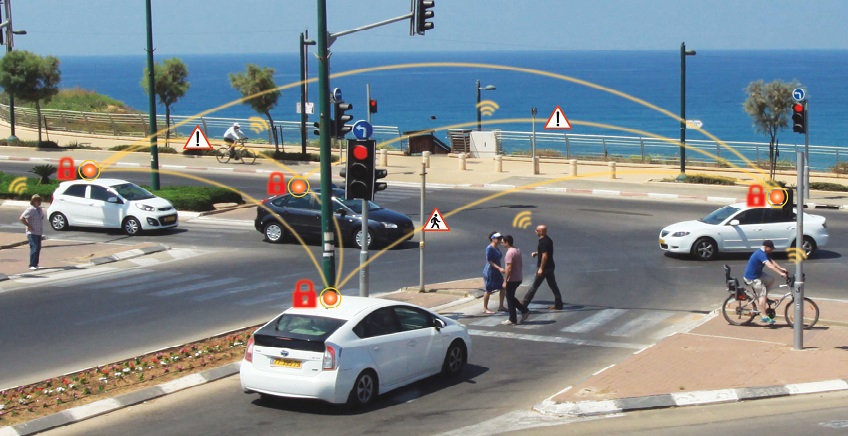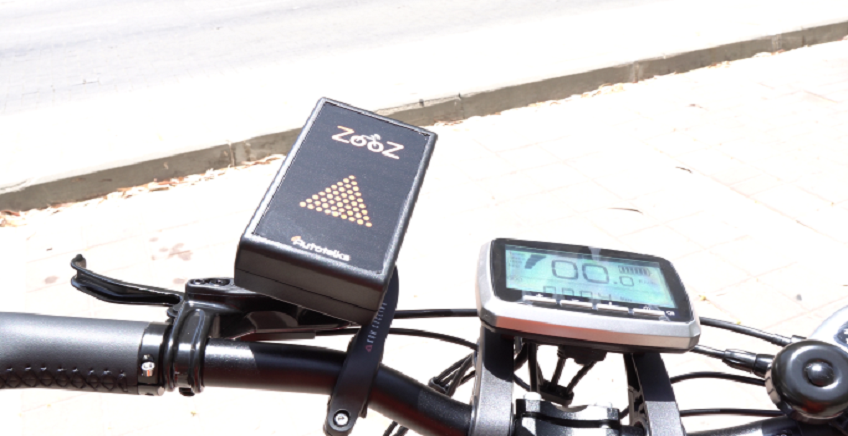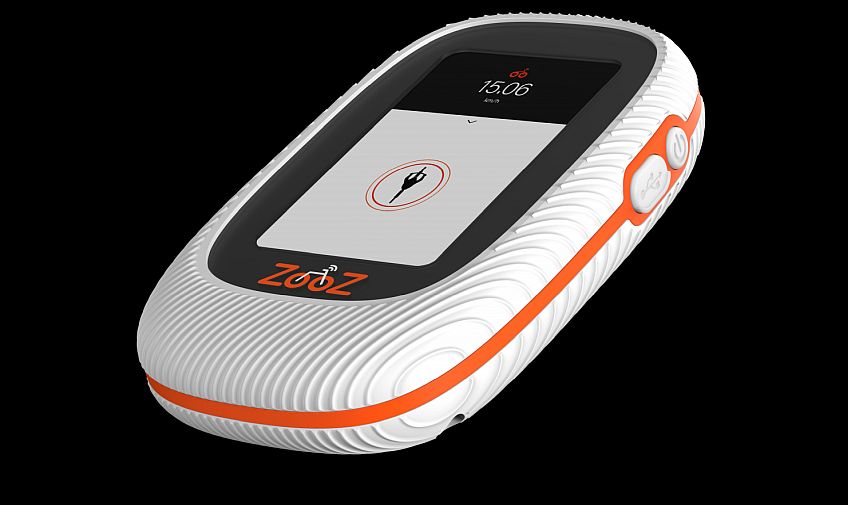Autotalks, a global provider of V2X (Vehicle-to-Everything) communication solutions, announced that it is collaborating with Volkswagen (VW), Bosch eBike Systems and Commsignia to demonstrate how V2X can prevent one of the most common bike-vehicle collisions. The demonstration will take place at the SECUR (Safety Enhancement through Connected Users on the Road) Final Event, which will be held between March 29 and March 30 near Paris.
The demo by Autotalks, Volkswagen, Bosch eBike Systems and Commsignia will show an obstructed intersection use case, where the vision of the car or eBike coming from one direction is blocked and crossing the intersection might be dangerous. Thanks to the Autotalks technology integrated by Bosch eBike Systems and the Commsignia software, the V2X-enabled bicycle will communicate with a VW vehicle to alert it of its presence in order to avoid a possible crash in the obstructed intersection.
In Europe, VW’s models Golf and ID electrical vehicles are already equipped with V2X, yet do not include bike detection. Bosch eBike Systems is one of the leading manufacturers of eBike systems in the premium segment, and is committed to safe and responsible eBiking. The company envisions to provide eBikes with digital visibility, in order to ensure that the eBike is also part of future V2X communication.
The demo will use Autotalks’ innovative ZooZ technology. ZooZ is an advanced V2X device that was specifically developed to prevent bike and scooter accidents. Installed on the handlebar of any bicycle, it provides real-time alerts to cyclists when a vehicle equipped with V2X is posing a potential danger. Additionally, it alerts V2X-equipped vehicles and smart infrastructure to the presence of a cyclist, allowing drivers to be notified and take precautions when the cyclist may be at risk. ZooZ plug & play device is equipped with a software stack provided by V2X software provider Commsignia.
Everyday mobility may include complex situations, such as at intersections when a car driver may not see a cyclist. V2X technology helps take the next step in cyclists’ protection. and allow cyclists to be noticed so that they can feel even more safe and confident at intersections.
The SECUR project is a European industrial consortium which develops a proposal for V2X testing and assessment protocols for the Euro NCAP (New Car Assessment Program). The consortium studied the potential of connectivity, especially of V2X technologies, to improve the safety of different road users.
“The collaboration with VW and Bosch eBike Systems within the framework of the SECUR project is not only a vote of confidence in Autotalks’ pioneering micro-mobility V2X-powered technology, but also marks a step in making the world even safer for vulnerable road users. This is good news for cyclists, who will be able to feel even more confidence on the road,” said Onn Haran, Founder and CTO of Autotalks. “By adopting SECUR’s strong data-driven results, EuroNCAP should be the main catalyst leading to a widespread deployment of V2X by European OEMs, in the same way that CNCAP led the widespread deployment of V2X in China.”








